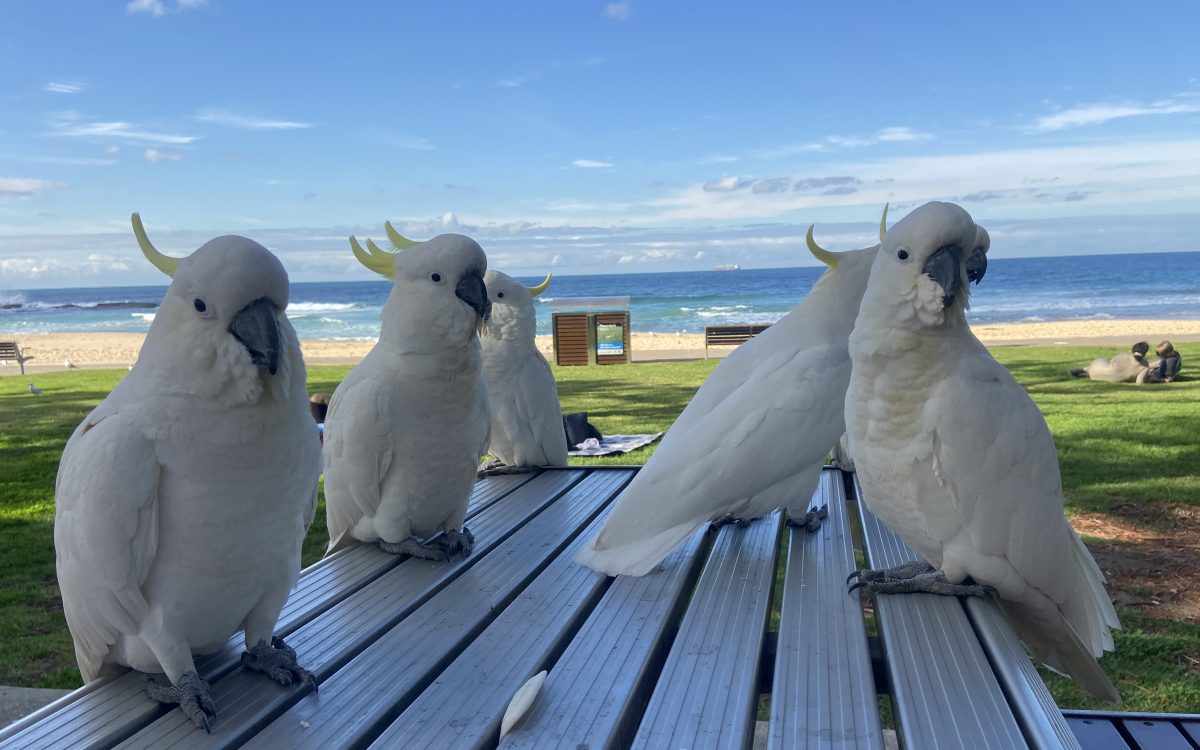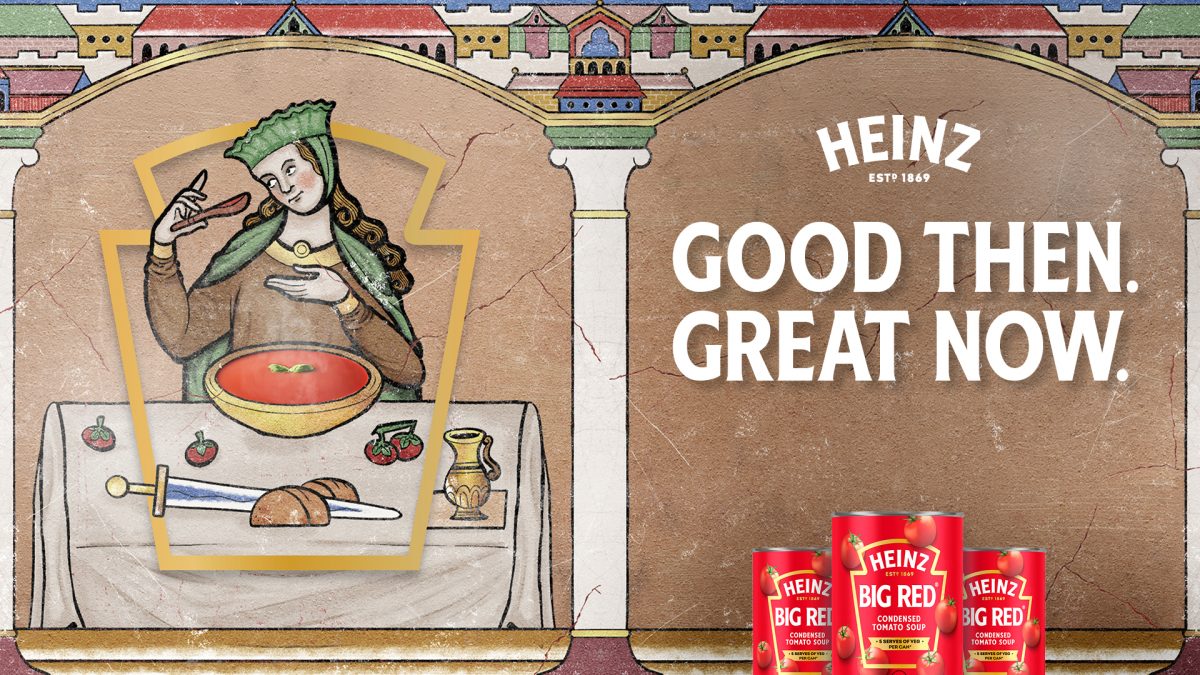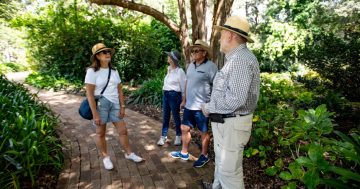
The cockies that harass picnickers on Austinmer Beach are blissfully unaware that “cockatoo soup” was ever a thing. Photo: Region.
Published in the South Coast Times back in the 1950s, there it is: a recipe for something called ‘Merry-Go-Round Salad’ from one Miss Nancy Ritchie of Woodhill Street, Fairy Meadow.
It calls for tinned sliced pineapple, a tin of tomato soup, two cups of cream cheese, onion juice, sugar, lemon and gelatine. The concoction is then set into jelly and served as a salad on a bed of lettuce.
“This delicious summer special came from a teenager with a yen for interesting salad combinations”, it reads.
This soupy jelly salad is not the strangest thing about our food history, and far from the Illawarra’s greatest gastronomic claim to fame.
According to food historian Dr Lauren Samuelsson, that’s probably reserved for the household name that emerged from the region’s famed dairy industry, which has existed since the early 1800s.
“Lots of cattle farms focused on dairy and it really took off when they figured out how to get trains down the escarpment and the link between Sydney and the Illawarra was formed,” she says.
“Lots of producers were making things like butter, condensed milk … and ice cream.”
In fact, the Australian ice cream brand Streets was founded in Corrimal in the 1930s by Edwin ‘Ted’ Street and his wife Daisy.
According to Dr Samuelsson, the pair owned a grocery store, but started making ice cream in their backyard as a side hustle. It took off.
Then in the 50s Ted and Daisy’s nephew Ron Street invented one of Australia’s most iconic and beloved ice creams.
“It’s funny to think Paddle Pops would not exist if it weren’t for that little operation in Corrimal that just took off,” Dr Samuelsson says.

Food historian Dr Lauren Samuelsson says some of our interesting choices from the past were made more out of necessity than adventurousness. Photo: Lauren Samuelsson.
Dr Samuelsson says the region’s history is full of interesting tidbits.
“What fascinates me most about our history of food, drinking and eating is what it can tell us about who we are and our identity,” she says.
The former high school history teacher-turned honorary fellow at the University of Wollongong has been working with Heinz to help unpack the history of soup, as Heinz revealed Aussies were set to slurp 30,000 tonnes of soup this year.
It also revealed that tomato took top gong in all states but NSW, where folk preferred a soul-warming chicken soup.

Heinz’s current campaign embraces the rich history of soup. In Wollongong in the 1950s, the company gave hundreds of cans of soup away as part of a promotion. Image: Heinz.
But of course, for Dr Samuelsson, the fascination of this foundational food lies more in its past.
While the earliest known recipe for soup is a Sumerian recipe for a meat and vegetable stew that dates back to 6000 BC, in Australia it dates to the early 1800s.
It came with some interesting choices from early setters, such as John White, the head physician on the First Fleet to Australia in 1788, who reported making a “kettle of excellent soup out of a white cockatoo and two crows”.

This recipe from a Fairy Meadow resident is perhaps not for everyone. Photo: Lauren Samuelsson.
“Interestingly, soups were also heavily featured in Australia’s first known recipe cookbook, The English and Australian Cookery Book published in 1863, which contained 19 soup recipes and 13 broths, including the humble pumpkin soup, cock-a-leekie and sheep’s head broth,” Dr Samuelsson says.
“It was around the late 1800s that Australia’s truly unique flavours were added, with the inclusion of locally grown ingredients such as wattle seed and warrigal greens, as well as kangaroo tail.”
Though kangaroo meat is still consumed commonly enough down under, the practice of incorporating local wildlife into soups petered out in the 1900s. This was because, for the most part, it arose out of necessity more than adventurousness.
“The cockatoo soup was really a reaction to the fact that British colonists didn’t bring enough food with them, and didn’t understand the Australian environment,” Dr Samuelsson says.
“A lot of people were hungry and just had to make do. As soon as colonists figured out how to farm the land the way they wanted, the sorts of things they ate reverted to the British palate.
“After that, things like lorikeet came off the menu.”
Yes, lorikeet.











